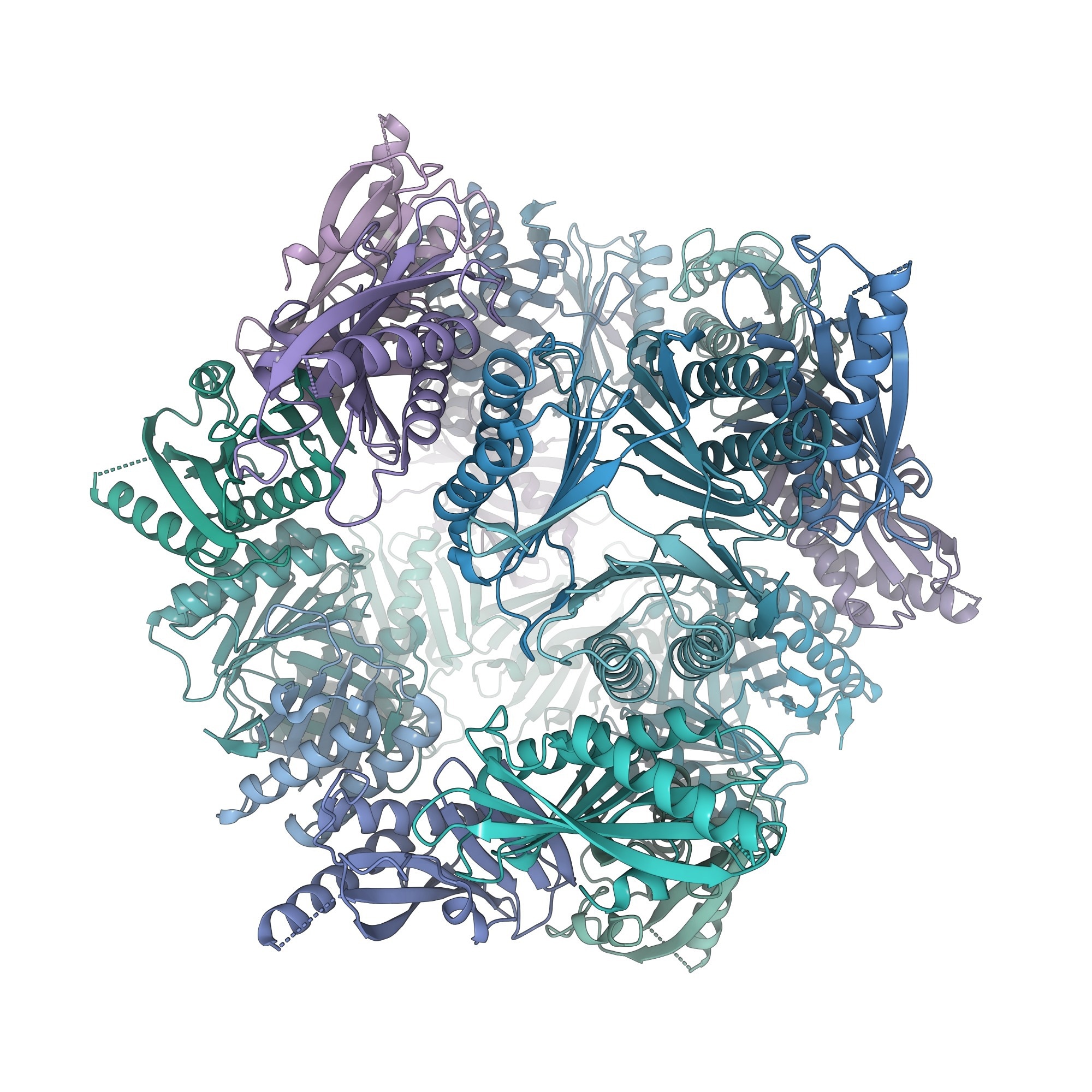A recent article in Scientific Reports investigated the electronic and electrochemical performance of pristine and endohedral doped (O and Se) Ge12C12 and Si12C12 nanocages as a potential negative electrode for Li-ion batteries using high-level machine learning (ML) assisted density functional theory (DFT), called DFT/B3LYP-GD3(BJ)/6-311 + G(d, p)/GEN/LanL2DZ.

Image Credit: Artur Wnorowski/Shutterstock.com
Background
Li-ion batteries are widely used in energy storage and conversion devices, including electric vehicles, solar cell batteries, electronics, and portable devices. However, the use of graphite as an anode results in weak Li intercalation, limiting energy density for long-duration applications.
Recently, two-dimensional (2D) nanostructured materials, such as nanotubes, graphene, fullerenes, and nanocones, have attracted attention as anode materials in rechargeable metal-ion batteries. These materials are modified through doping, functionalization, and hydrogenation to improve performance.
Advanced computational methods, such as density functional theory (DFT), enable the analysis and design of nanostructured materials for Li-ion battery applications. This study used DFT, a quantum mechanical approach, to develop novel nanostructured materials as promising anode candidates for Li-ion batteries.
Computational Methods
Relaxed geometry calculations were conducted using Gaussian 16 by employing DFT/B3LYP-GD3(BJ)/6-311 + G(d, p)/GEN/LanL2DZ level of DFT. The B3LYP-GD3(BJ) exchange-correlation functional was applied, incorporating the D3 version of Grimme’s dispersion correction and Becke-Johnson damping.
The effective core potential and double polarization basis set (LanL2DZ) was assigned to the Ge, Se, and Si atoms. Alternatively, lighter atoms, such as O, C, and Li, were assigned the 6-311 + G(d, p) basis set. A zero imaginary frequency was confirmed through frequency calculations to ensure that all structures reached a minimum potential energy surface.
The kinetic stability and chemical reactivity of the pristine, endohedral doped, and Li/Li+ adsorbed nanocages were determined via frontier molecular orbital analysis. Additionally, their density of states was evaluated using GaussSum software.
Four regression models (Linear, Ridge, Lasso, and ElasticNet) were employed to predict the cell voltage of the developed nanocages using datasets from DFT simulations. Model performance was optimized by splitting the data into training and test subsets at an 80:20 ratio, with k-fold cross-validation used to evaluate performance on test datasets.
Hyperparameter tuning was also performed on the regularized regression models to improve generalization during cross-validation. The cross_val_score metric was employed to evaluate k-fold cross-validation performance using determination coefficient (R2) and root mean square error (RMSE) as the scoring functions. The ML code for this prediction was submitted to the GitHub repository.
Results and Discussion
The kinetic stability and chemical reactivity of the pristine, endohedral doped, and Li/Li+ adsorbed nanocages were determined from their energy gaps (Eg). The pristine Ge12C12 nanocage exhibited an Eg of 2.01 eV. However, this value decreased dramatically to 1.68 eV upon adsorption of the Li atom on the pristine Ge12C12 nanocage.
Similarly, the adsorption of Li+ cation on the Ge12C12 pristine nanocage led to a decline in its energy gap to 1.99 eV (-1.00 %). This decrease in energy gap for Li@Ge12C12 and Li+@Ge12C12 compared to pristine Ge12C12 was attributed to the charge transfer from the adsorbed Li atom and Li+ cation, which polarized the Ge-C bonds, increasing susceptibility to chemical interactions.
Pristine Si12C12 had higher Eg (2.72 eV) than pristine Ge12C12 (2.01 eV), indicating more stability. This was attributed to the more stable Si-C bond than the Ge-C bond. Thus, the Si-C bond was less reactive.
While the adsorption of Li on Si12C12 nanocage reduced its Eg from 2.72 to 1.69 eV, the adsorption of Li+ on Si12C12 enhanced its Eg considerably from 2.72 to 3.33 eV (+22.43 %). This was attributed to the slight resistance of Li+ cation in polarizing the stable Si-C bond.
Furthermore, the bond length of adsorption of Li+ cation on the O-Ge12C12 and O-Si12C12 endohedral doped nanocages were higher than Li atom adsorption, exhibiting greater polarization of their bond due to maximum charge transfer. A similar trend was observed for Li+ and Li adsorption in Se-Ge12C12 and Se-Si12C12 endohedral doped nanocages.
The DFT-predicted Vcells of pristine Si12C12 were higher than pristine Ge12C12 due to their higher adsorption energy for Li+ cation interaction. The four regression models exhibited R2 scores close to 1 (R2 = 0.99) with a slight deviation (< 0.001). Moreover, the ML-predicted Vcells values were close to the DFT-predicted Vcells (RMSE<0.05).
Conclusion
The researchers thoroughly evaluated the electronic and electrochemical performance of pristine and endohedral doped (O and Se) Ge12C12 and Si12C12 nanocages as anode materials for LiBs using an advanced quantum mechanical DFT approach. The pristine Si12C12 nanocage exhibited the highest stability and best electrochemical performance.
Additionally, endohedral doping enhanced the electronic properties of the nanocages, with the Se-Ge12C12 nanocage demonstrating the highest electrical conductivity due to its low energy gap value of 1.16 eV. Notably, the Lasso regression algorithm most accurately predicted the Vcell of the nanocages.
Journal Reference
Egemonye, T. C. & Unimuke, T. O. (2024). Machine learning-assisted DFT-prediction of pristine and endohedral doped (O and Se) Ge12C12 and Si12C12 nanostructures as anode materials for lithium-ion batteries. Scientific Reports, 14(1). DOI: 10.1038/s41598-024-77150-x, https://www.nature.com/articles/s41598-024-77150-x
Disclaimer: The views expressed here are those of the author expressed in their private capacity and do not necessarily represent the views of AZoM.com Limited T/A AZoNetwork the owner and operator of this website. This disclaimer forms part of the Terms and conditions of use of this website.